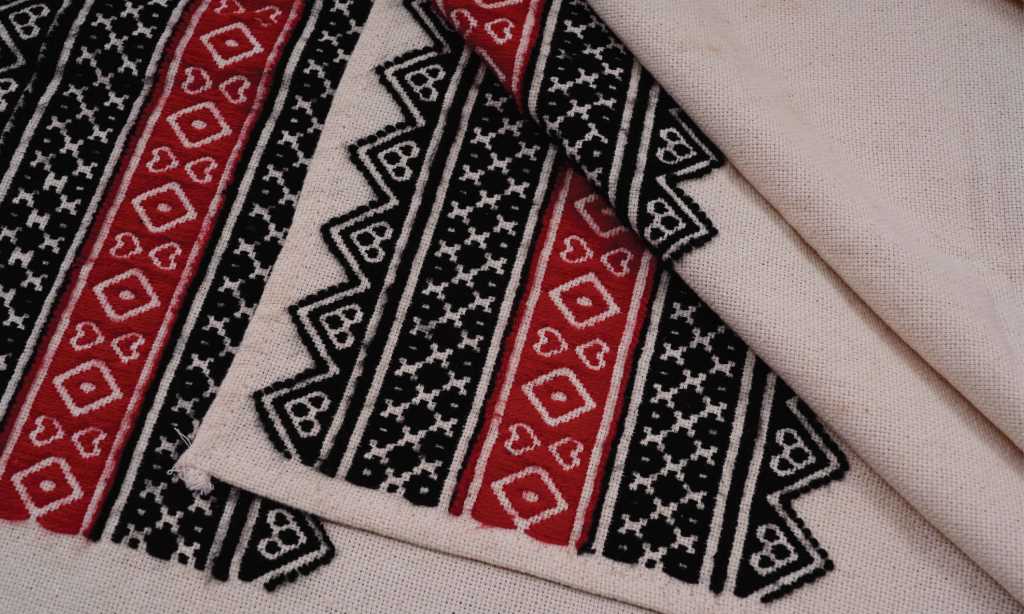ॐ श्री गणाधिपतये नमः
Source of all Images in this Blog-post : Google Images : ‘Google Image Search’ will reveal the multiple sources of every single image shared here. For more details, kindly see ‘Disclaimer‘
A write-up on Toda embroidery work below the following captivating images of Toda embroidery
Explore the web to buy Toda embroidery items online

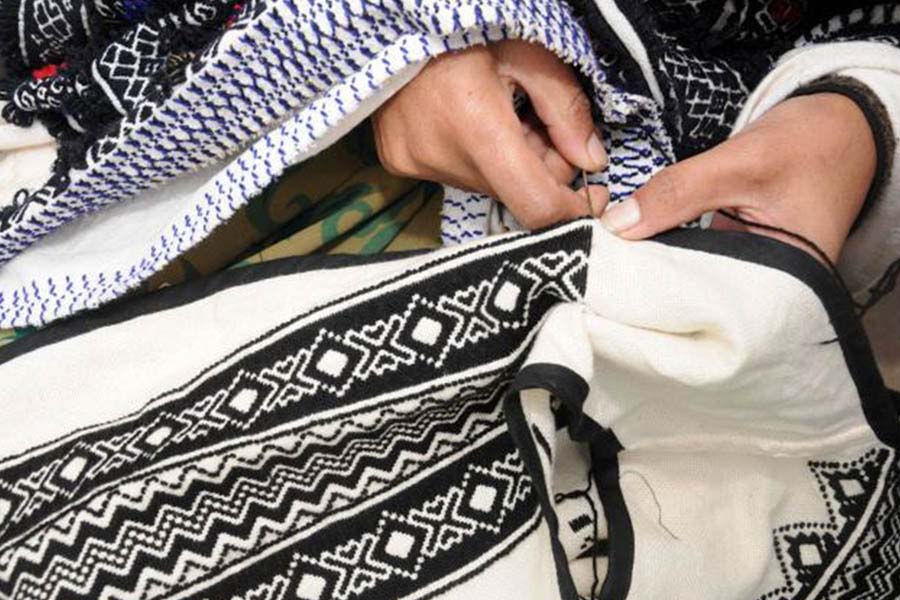


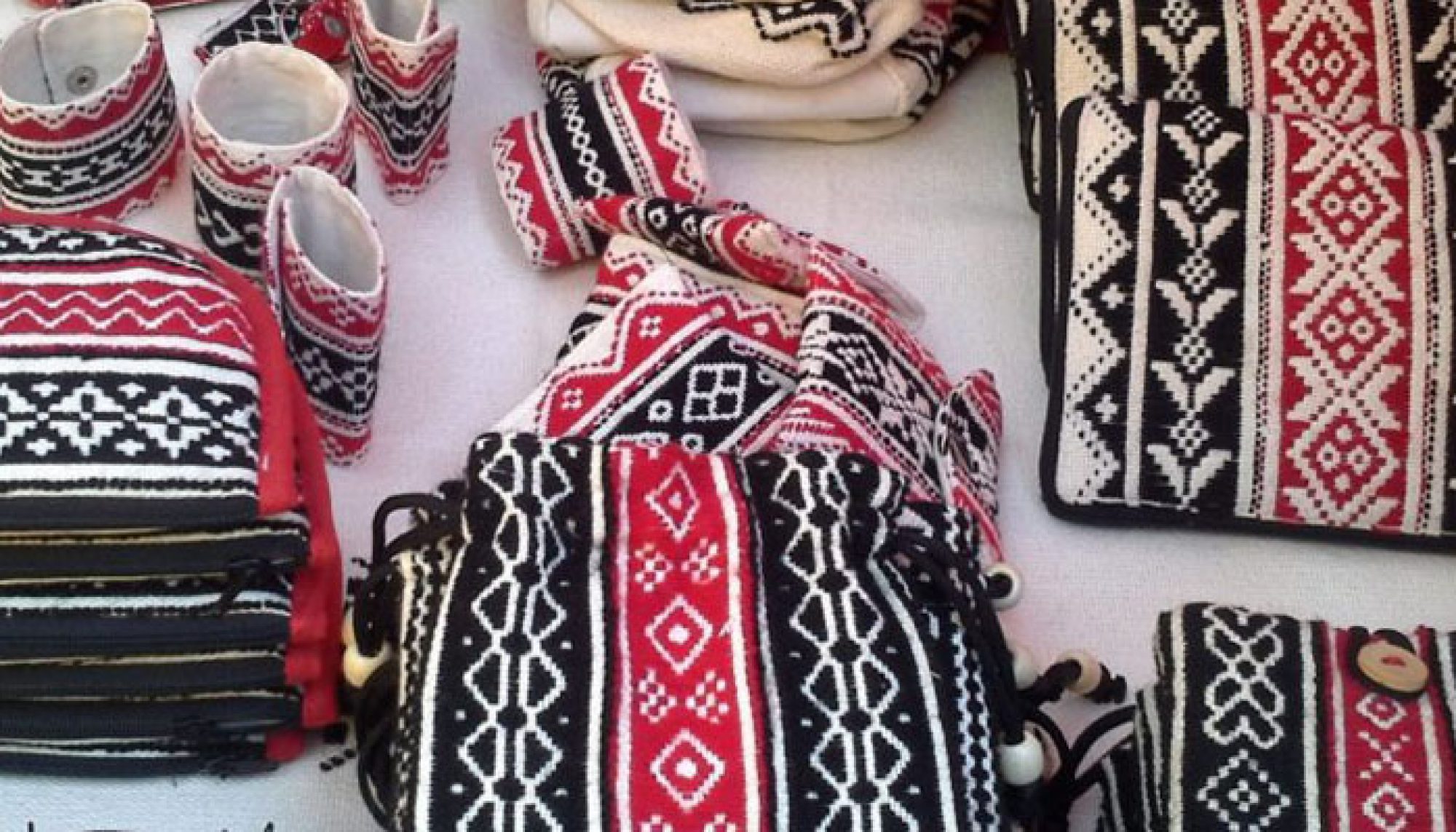
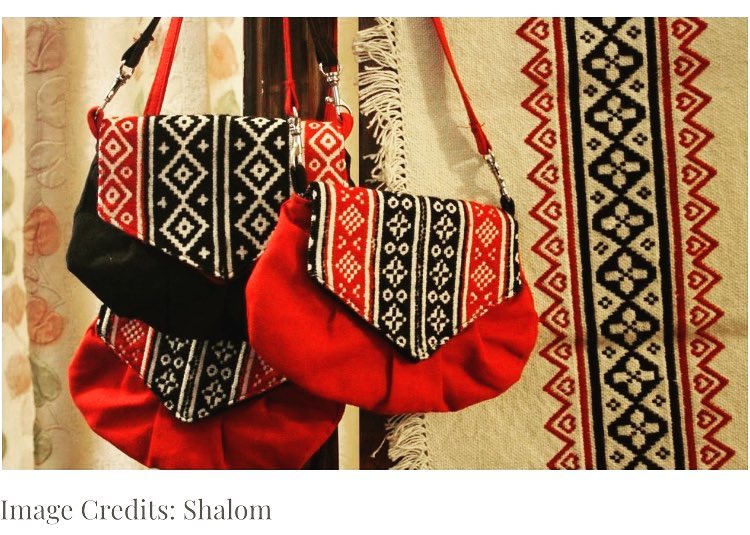
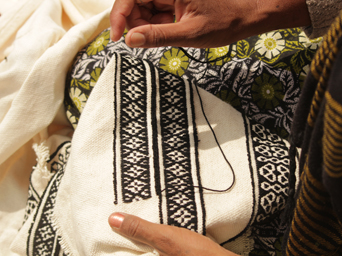
Introduction to Toda embroidery
The Toda Embroidery, also locally known as Pukhoor is an art work among the Toda pastoral people of the Nilgiris in Tamilnadu, made exclusively by Toda women.
The embroidery, which has a fine finish looks like a woven cloth but is made using red and black threads with a white cotton cloth background.
Both sides of the embroidered fabric are usable and the Toda people are proud of this heritage. Both men and women adorn themselves with the Toda embroidered cloaks and shawls.
This handicraft product is protected under Geographical Indications (GI) of the Government of India.
Origin
This art heritage is practiced by the Toda tribes of the Nilgiris of Tamilnadu.
History of Toda Embroidery
The Todas (also known by names such as Tudas, Tudavans, and Todar) who make this embroidery live as one small community, population of 1,600 spread over 69 settlements.
About 400 of them are stated to be engaged in the embroidery work in the Nilgiri Hills in the higher elevations of the Niligiri plateau in Tamil Nadu.
Apart from their vocation as herdsmen of buffaloes and cultivation in the grasslands, they are also involved in the tradition of making many handicraft items.
This includes traditional black and red embroidery practiced by the women folks of the community.
The embroidery is usually made on their cloaks called Pootkhuzhy which is draped by both men and women of the community.
Production Process
The local terms used to describe the embroidery work are kuty or awtty.
The materials used in this work are roughly woven white cloth, woolen black and red threads with occasional use of blue threads and manufactured needles. The designs developed relate to nature and the daily cycle of life of the Toda community.
The fabric used is coarse bleached half white cotton cloth with bands; the woven bands on the fabric consist of two bands, one in red and one band in black, spaced at six inches.
Embroidery is limited to the space within the bands and is done by using a single stitch darning needle. It is not done within an embroidery frame but is done by counting the warp and weft on the fabric which has uniform structure by the reverse stitch method.
To bring out a rich texture in the embroidered fabric, during the process of needle stitching, a small amount of tuft is deliberately allowed to bulge. Geometric pattern is achieved by counting the warp and weft in the cloth used for embroidery.
Though their favorite study is related floral landscape, the patterns used in Toda embroidery do not cover many floral motifs but generally cover celestial bodies like Sun and Moon, reptiles, animals, and horns of buffaloes, made in crimson and black colours.
Rabbit ears are a constant depiction on the boundary of the embroidered cloth.
Another common design in the form of black triangles in a box design is done in honour of their first priest. Women who do embroidery consider their work as a tribute to Mother Nature.
A dead body is always wrapped in an embroidered fabric with traditional designs and then buried.
However, coloured stripes are used in fabrics of daily use. As a traditional garment, it is worn by both men and women at all ceremonial occasions and also at funerals. Elderly people of the community wear this cloth daily.
The inspecting agency to oversee the quality of embroidery is the Textile Committee of the Ministry of Textiles of the Government of India.
